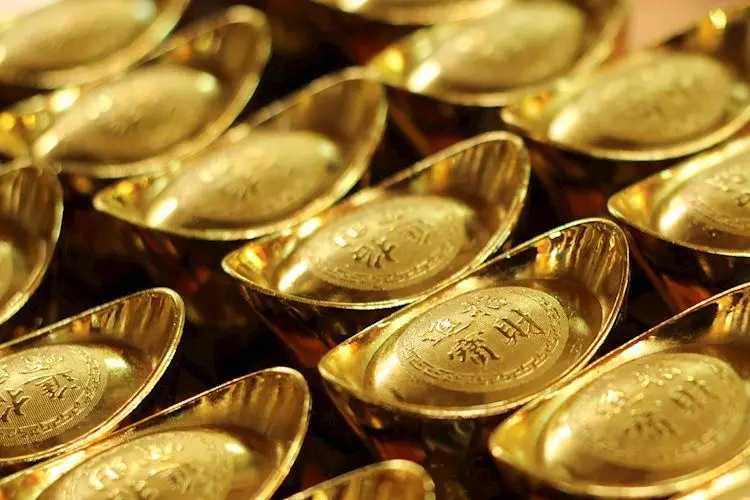As observed on a recent Tuesday, gold prices in Saudi Arabia experienced an uptick, reaching prices of 318.09 Saudi Riyals (SAR) per gram, in contrast to the previous day’s rate of 317.09 SAR. This increase was also mirrored in the price per tola, which rose from 3,698.45 SAR to 3,710.13 SAR. This fluctuation in pricing highlights the ever-changing nature of gold as a commodity, influenced by various global economic factors. Such daily updates are crucial for investors and consumers alike, as they allow for informed decision-making in an often volatile market.
The methodology employed by financial analytic platforms like FXStreet to determine gold prices involves adapting international price trends (specifically the USD/SAR exchange rate) to local context. It is crucial for consumers to understand that these prices serve as reference points; actual rates may vary due to local market conditions and specific economic factors in Saudi Arabia. The importance of local variations cannot be understated, as they reflect the immediate economic environment, including demand fluctuations and shifts in consumer purchasing behavior.
Gold’s significance stretches far beyond mere aesthetic appeal or its use in jewelry. Historically, gold has served as a reliable medium of exchange and a store of value. In contemporary finance, it is predominantly regarded as a safe-haven asset, particularly in volatile economic climates. Investors often turn to gold during periods of geopolitical uncertainty or economic downturns because of its reputation for maintaining value.
Moreover, gold serves as a hedge against inflation. In an environment where currencies may depreciate, the intrinsic value of gold remains largely unaffected by governmental policies or specific issuers, making it an attractive alternative for preserving wealth. This aspect of gold has gained particular attention from central banks, which increasingly view large gold reserves as a stabilizing factor for their economies.
The Role of Central Banks
Central banks are the largest custodians of gold globally, and their purchasing patterns reveal an increasing trend towards building robust gold reserves. According to data from the World Gold Council, central banks collectively acquired 1,136 tonnes of gold in 2022 alone, amounting to an impressive $70 billion—the highest annual acquisition recorded. Countries such as China, India, and Turkey have been notably proactive in expanding their gold reserves, acknowledging its utility as an asset class during uncertain times.
The accumulation of gold by central banks is not merely a strategic choice; it also serves to fortify the perceived strength of their respective economies. By diversifying their reserves and bolstering confidence in their financial stability, these institutions actively influence the global gold market and investor sentiment.
Gold pricing exhibits a unique relationship with the United States Dollar (USD) and US Treasuries, both of which are considered major reserve assets. Generally speaking, a depreciation in the dollar typically correlates with an increase in gold prices, prompting investors to pivot towards gold as a means to diversify their portfolios. Conversely, a robust dollar often caps gold price appreciation. Understanding this dynamic is essential for investors looking to navigate the complex landscape of commodity investments.
Furthermore, gold has demonstrated an inverse correlation with risk assets. When stock markets rally, gold prices tend to diminish, reflecting a shift in investor confidence. On the other hand, sell-offs in equities lead to a surge in gold investments, as it remains an attractive refuge from market volatility.
Multiple factors can drive fluctuations in gold prices, such as geopolitical tensions, fears of recession, or changes in interest rates. Gold’s nature as a yield-free asset aligns its value with the prevailing interest rate environment. Typically, lowered interest rates enhance gold’s appeal, while rising rates may exert downward pressure on its price. The intricate interplay between these economic indicators makes gold a complex investment option that requires careful monitoring.
The rise and fall of gold prices in Saudi Arabia is a reflection of broader economic trends, local market conditions, and the underlying behavior of global currencies. Understanding these principles will not only aid investors in their decision-making but also provide insights into the potential future trajectories of this timeless asset.

